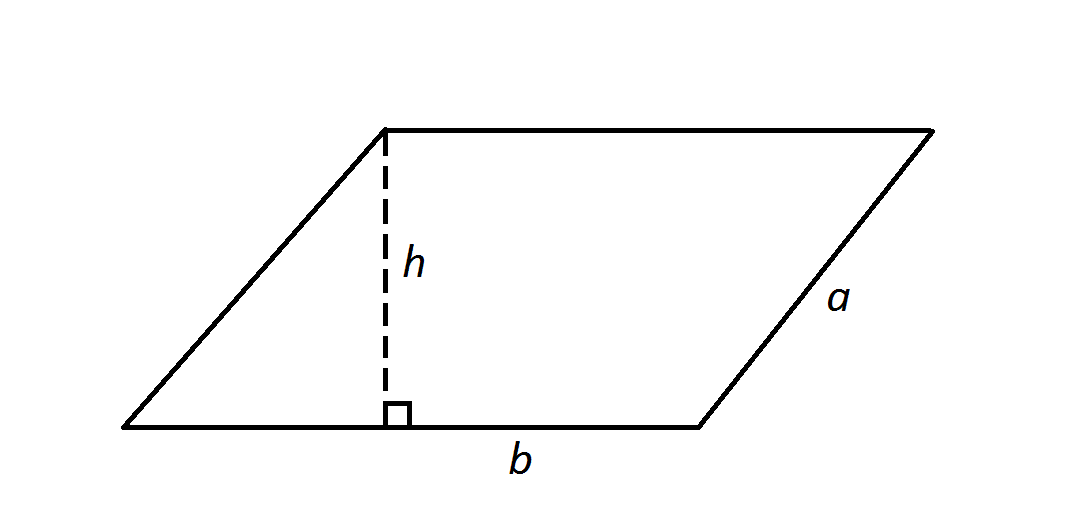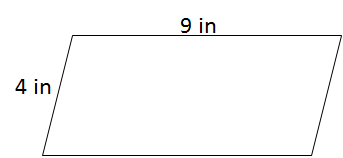All ISEE Middle Level Math Resources
Example Questions
Example Question #1 :How To Find The Perimeter Of A Parallelogram
36 in
18 in
26 in
13 in
26 in
To find the perimeter of a parallelogram, add the lengths of the sides. Opposite sides of a parallelogram are equivalent.
Example Question #2 :How To Find The Perimeter Of A Parallelogram
If the perimter of a parallelogram is

The answer cannot be found
通过外接程序找到一个平行四边形的周长g up all four sides.
Since there are two pairs of side with equal lengths, two sides must have a length of
So the perimeter would be


To find the value of the other side length, you would divide the remaining perimeter not include in the other sides by
So
That means the other side length would be
Example Question #3 :How To Find The Perimeter Of A Parallelogram
If a parallelogram has side lengths of

The perimeter of a parallelogram is two times the two side lengths and add them together.
Therefore, this particular problem becomes as follows.
and
so

Example Question #1 :How To Find The Perimeter Of A Parallelogram

Note: Figure NOT drawn to scale.




Find the perimeter of the parallelogram in the diagram.
The perimeter of the parallelogram is the sum of the four side lengths - here, that formula becomes

Note that the height
Example Question #1 :How To Find The Area Of A Parallelogram
The base of the parallelogram is 10, while the height is 5.
Example Question #1 :Parallelograms
Find the area:

The area of a parallelogram can be determined using the following equation:
Therefore,
Example Question #1 :How To Find The Area Of A Parallelogram
You can solve the area of a parallelogram when you know the lengths of each of the sides. True or False?
The area of a parallelogram is found by computing

Example Question #1 :How To Find The Area Of A Parallelogram
If a parallelogram has side lengths of

Cannot be determined.
Cannot be determined.
To find the area of a parallelogram, you use the formula,

Since the height in this problem is not known, you cannot solve for area.
Example Question #5 :How To Find The Area Of A Parallelogram
Find the area of a parallelogram with a base of 6 inches and a height of 9 inches.
To find the area of a parallelogram, we will use the following formula:
wherebis the base andhis the height of the parallelogram.
Now, we know the base has a length of 6 inches. We also know it has a height of 9 inches. Knowing this, we can substitute into the formula. We get
Example Question #181 :Quadrilaterals
Find the area of the parallelogram with a base length of 6 and a height of 15.
Write the area formula of a parallelogram.
Substitute the dimensions into the formula.
The answer is:
Certified Tutor
Certified Tutor
All ISEE Middle Level Math Resources





















 .
.




































